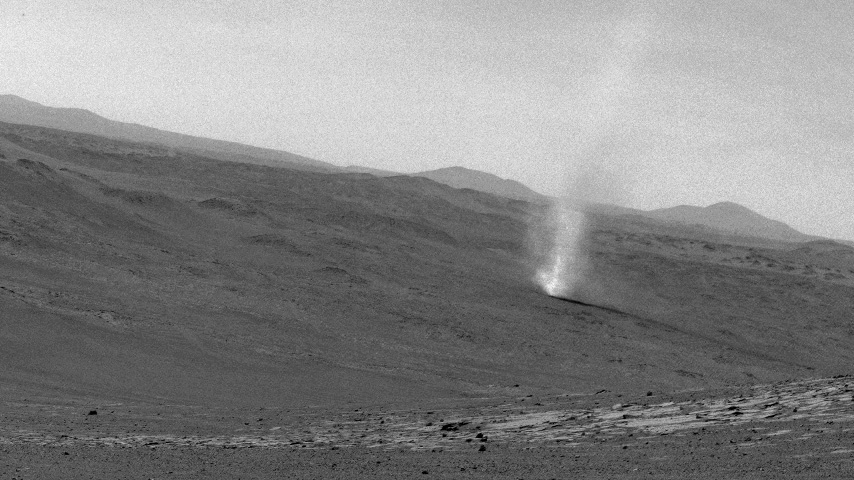T-84: Radar Maps Titan's Surface
The Radar instrument on board Cassini played the lead role in this flyby. During closest approach, Cassini mapped a sparsely covered area on Titan's Northwest quadrant using various Radar techniques designed to enhance results.
On the way out, Radar conducted altimetry studies near the moon's equator, including the bright Adiri region.
A few other instruments were active on the way out: the imaging science subsystem (ISS), the composite infrared spectrometer (CIRS) and the ultraviolet imaging spectrograph (UVIS) collected low-phase-angle observations of Adiri and the region where intensive surface changes were observed in Fall 2010.
For the magnetometer (MAG), Titan-84 was another low altitude north polar flyby in the post noon sector of Saturn's magnetosphere. With closest approach slightly in the dayside ionosphere, Cassini was able to study the diffusion of the external magnetic field at low altitudes and high solar zenith angles. The imaging science subsystem monitored Titan for an extra day after the Titan encounter to track clouds.
Titan Flyby at a Glance
Date
June 7, 2012
Altitude
596 miles (959 km)
Speed
13,000 mph (5.8 km/sec)



































